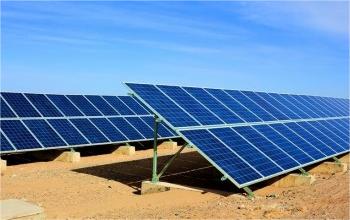 Global Component Most Efficient Ranking In October
Global Component Most Efficient Ranking In October
Oct 31, 2023
Recently, TaiyangNews announced the highest efficiency ranking of global components in October, with 54 component products from 32 companies on the list. TOPCon is a hot spot in this list. In the September list, its P-type CEC6-72-555MDHV component ranked 48th with 21.5% efficiency and 555W output power. However, N-type technology has been the trend, in the October list, its TOPCon component CEC6-72-570TDHV for the first time on the list, the efficiency of 22.1%, the output power of 570W, ranked 27th, up 11 places. Another company riding TOPCon is Yingli. In the September list, Yingli's P-type YLM3.0Plus series component YLxxxDF66f/2 has an efficiency of 21.57% and a power of 670W, ranking 41st. Similarly, with the support of N-type technology, Yingli's PANDA3.0PRO series component YLxxxCF78e/2 has an efficiency of 22.36% and an output power of 625W, ranking 23rd. In the previous list, the above two companies frequently listed P-type components, but there is no obvious advantage in efficiency, ranking behind. With the support of N-type technology, the TOPCOn component products of the two companies made a heavy debut and entered the list, ranking among the best. From the perspective of the proportion of technical routes, among the 51 component products on the list in September, PERC accounted for about 45%, TOPCon accounted for about 31%, HJT accounted for about 16%, and BC accounted for about 8%. September list technical route proportion In contrast, the October list has changed slightly, with PERC accounting for about 45% of the 54 component products on the list, TOPCon accounting for about 33%, HJT accounting for about 15%, and BC accounting for about 7%. The proportion of TOPCon increased by about 2%, the proportion of BC and HJT decreased slightly, and the proportion of PERC remained roughly the same. The proportion of technical routes on the list in October In addition, it is worth noting that there is a "rookie" in this list, and Zhengxin Optoelectronics' PERC component test efficiency reaches 21.575% and output power reaches 625W, which is on the list for the first time. Since September, Vollsun's Himalaya series HS-21010-B132DS based on HJT technology has been released, with an efficiency of 23.02% and a power of 715W, breaking Maxeon's long-standing position in the top three. The top three component products on the October list are still all from Chinese companies (Aixu, Longi, Vollsun).
View More
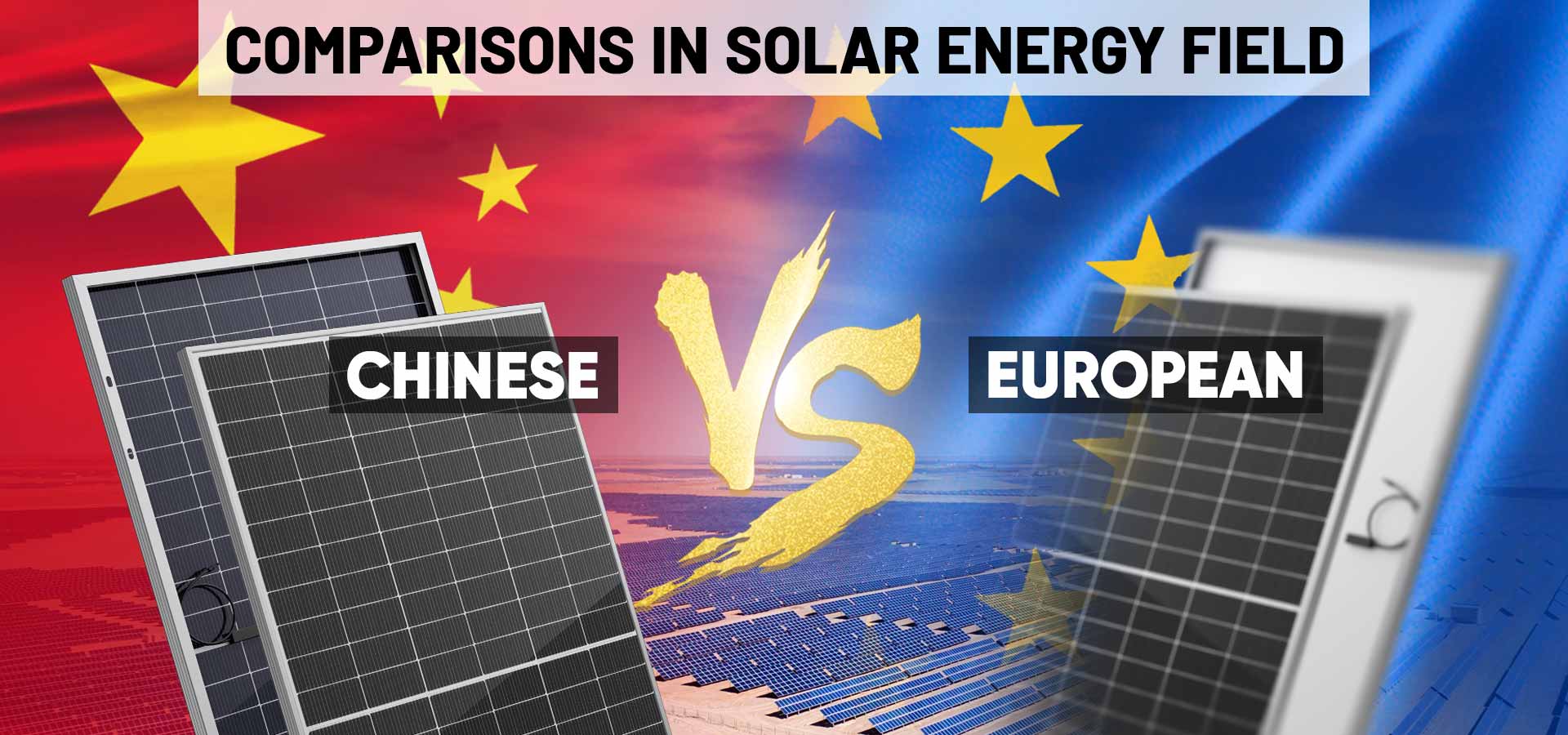 Chinese VS European Solar Panel Industry - Why Europe's Struggling
Chinese VS European Solar Panel Industry - Why Europe's Struggling
 Merry Christmas & Happy New Year
Merry Christmas & Happy New Year
 Holidays For Mid-Autumn Festival & Chinese National Day
Holidays For Mid-Autumn Festival & Chinese National Day
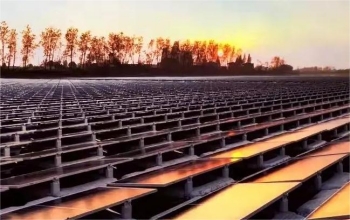 TOPCon Track Gets Another Boost! JinkoSolar Open Patent
TOPCon Track Gets Another Boost! JinkoSolar Open Patent
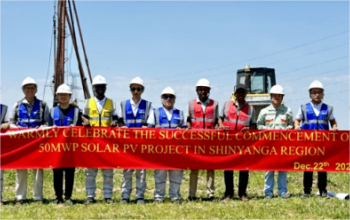 Shinyanga Photovoltaic Project in Tanzania Successfully Begins Construction
Shinyanga Photovoltaic Project in Tanzania Successfully Begins Construction
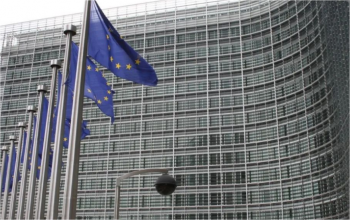 Manufacturing VS Deployment: Where Does The European Solar Industry Go From Here?
Manufacturing VS Deployment: Where Does The European Solar Industry Go From Here?
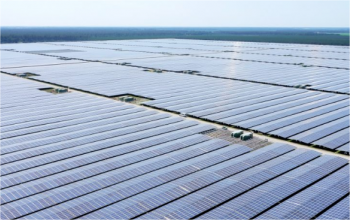 France Updates Target To 60GW By 2030!
France Updates Target To 60GW By 2030!
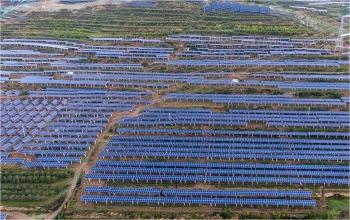 Zijin Mining And Other Into The Bureau! It Is Proposed To Build 1.5GW Wind Project To Produce Hydrogen
Zijin Mining And Other Into The Bureau! It Is Proposed To Build 1.5GW Wind Project To Produce Hydrogen
 Global Component Most Efficient Ranking In October
Global Component Most Efficient Ranking In October
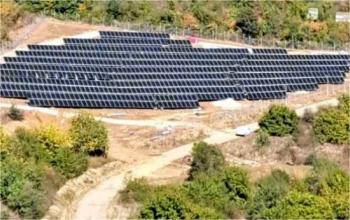 North Macedonia: Installation Of Photovoltaic Facilities At The Streževo
North Macedonia: Installation Of Photovoltaic Facilities At The Streževo